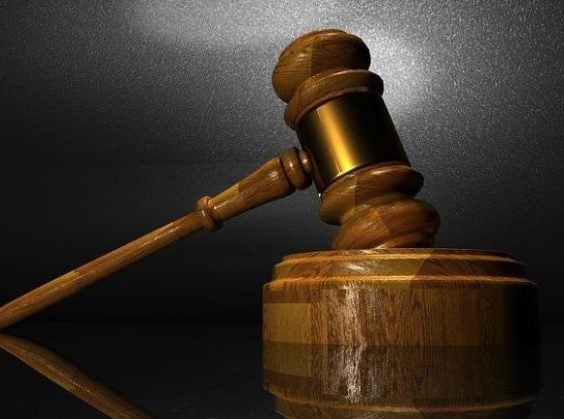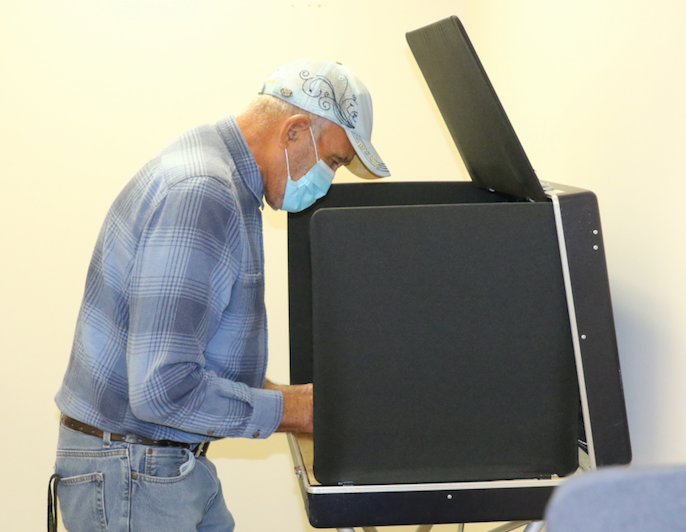Restaurants now face a labor shortage
Published 4:55 pm Tuesday, May 11, 2021
|
Getting your Trinity Audio player ready...
|
By Christina Amano Dolan
Capital News Service
Virginia restaurants will soon be able to host more patrons, but establishments may not be able to accommodate more guests due to a shortage in workers.
Restaurants and drinking establishments will be able to seat up to 100 patrons indoors and a maximum of 250 guests outdoors starting May 15, Gov. Ralph Northam recently announced.
Eric Terry, president of the Virginia Restaurant, Lodging & Travel Association, estimated around 100 Richmond restaurants closed last year, but said there have been minimal closures this year. Many restaurants are likely nearing 80% of their pre-pandemic revenue levels, according to Terry.
While full recovery for the industry is underway, Terry said the biggest revenue factor for restaurants is a restricted labor force.
“I was on the phone yesterday with two restaurant operators who said they are having to close two days a week because they can’t get enough staff,” Terry said.
The new limit will double the number of indoor guests allowed as of April 1. Restaurants may return to selling alcohol past midnight and dining room closures between midnight and 5 a.m. will no longer be required.
Northam announced last week that all restrictions will be lifted on June 15 if the number of new COVID-19 cases remains low and COVID-19 vaccinations rise. On Monday, the state reported the lowest number of COVID-19 cases in a year.
“I’m optimistic that we will be able to take more steps in June,” Northam recently said.
However, if seating capacity is extended fully in June, restaurants with limited staff will not be able to accommodate that many people, Terry said.
“Unless we can get more folks to come back to work, it’s going to be tough,” Terry said. “The extended unemployment, child care issues and other things have made it very difficult to get people back into the industry.”
Michael Nelson, manager of The Sidewalk Cafe in Richmond, said restaurants around the city struggled to find enough workers after losing valuable staff. Bartenders, cooks and others moved away from the industry and changed professions when the pandemic hit, Nelson said.
The Virginia accommodation and food services industry lost almost 60,000 workers from March 2020 to March 2021, according to the latest data from the Virginia Employment Commission (a 17% job loss). The figures are seasonally adjusted, meaning they account for seasonal fluctuations in the labor market.
Northam’s executive orders closed indoor dining areas in 2020 from late March to at least early June, though Richmond and Northern Virginia waited an additional two weeks before moving into phase two. Many restaurants voluntarily closed for extended periods.
“Even when the governor says you’re able to have full capacity, I can see a lot of restaurants not going back to that because they just don’t have the staff,” Nelson said.
Jeremy Barber, owner of three Alexandria-based restaurants, said that while staffing challenges are temporary, restaurants may hesitate to fully open indoor seating.
“I think that people are still going to be more comfortable dining outside,” Barber said. “Even people that I’ve talked to that are vaccinated and have eaten in restaurants still say they have an eerie feeling when they are dining indoors.”
Barber believes it will take time for the restaurant industry to fully recover.
“Restaurateurs as well as guests need to work together to adapt to the new dining out,” Barber said. “It’ll be a true sign at the end of the summer to see how things are really progressing.”
More than 35% of Virginians are fully vaccinated as of Tuesday, according to the Virginia Department of Health. More than 47% the state’s population has received at least one dose.
Approximately 6.8 million doses of COVID-19 vaccines have been administered in the state, according to VDH.
“I hope that we’re on the brink of getting over this thing,” Barber said. “But I think as a business owner, it’s our responsibility to plan for the worst and hope for the best.”





